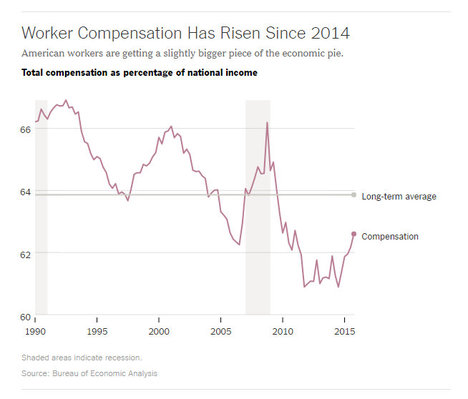(p. C14) The Twin Cities of Minneapolis and St. Paul have been an epicenter of the U.S. stadium-and-arena boom, rolling out five major sports facilities since 1990 that together cost more than $2 billion.
Now, the neighboring cities are readying for a sixth: a 20,000-seat, $150 million Major League Soccer stadium to be built by 2018 in St. Paul about halfway between the two downtowns.
. . .
But taken with the other facilities that have a combined seat count of nearly 200,000, this latest project illustrates how the Twin Cities are an acute example of the rapid increase in stadiums and arenas in U.S. cities. These developments come despite a growing chorus of warnings from economists who say the stadiums are almost always poor drivers of economic development. Even when these facilities do spur nearby investment, economists and critics say the cost to the public is typically far higher than with traditional economic-development programs.
“I’ve lived in the Twin Cities since 1976, and have seen this proliferation of new sports stadia,” said Jane Prince, a St. Paul city council member who voted against the soccer stadium aid package. “I just don’t see the promised economic development occurring in conjunction with all of these.”
. . .
“There’s not one group that makes these decisions–it was two city governments, it was a legislature, it was sports owners,” said R.T. Rybak, the mayor of Minneapolis from 2002 to 2014. Mr. Rybak said he had long been critical of sports subsidies but he grudgingly helped craft the aid package for the Vikings stadium after the team was poised to move elsewhere.
That deal, and the others, he said, were “also driven by the increasingly crazy politics of sports economics,” in which teams want their own facilities, custom designed for their ideal crowd sizes.
For the full story, see:
ELIOT BROWN. “Twin Cities to Get Yet Another Stadium.” The Wall Street Journal (Weds., March 23, 2016): C14.
(Note: ellipses added.)
(Note: the online version of the story has the date March 22, 2016, and has the title “In Twin Cities, How Many Stadiums Are Enough?”)

